If you’re in the content marketing game, then you know that building a subscribed audience is essential. These are people who have provided their contact information and have given you permission to communicate with them. This also gives you the ability to market to them indirectly while still providing value outside of your company’s products or services. So how do you go about setting a subscriber goal? Here are some tips:
– Know your target market: This is vital for any business, but especially important when it comes to content marketing. You need to know who you’re trying to reach with your content so that you can create material that appeals to them.
– Set a realistic goal: Don’t set a goal that’s impossible to reach – this will only discourage you and your team. Instead, focus on a number that’s achievable but will still require some effort to hit.
-Create great content: This one should go without saying, but it’s worth repeating. You can’t expect people to subscribe to your content if it isn’t high quality and valuable. Take the time to create material that your target market will love!
4 Content Marketing Goals That Really Matter to the Business


To be useful (and measurable), content marketing goals must be specific – and match a meaningful business goal your company is working toward. CMI founder Joe Pulizzi likes to say businesses care about three things:
- Sales
- Savings
- Sunshine (i.e., customer loyalty, retention, cross-sales, and evangelism)
Choose goals that support one of those three things, and you should have no problem communicating how content marketing contributes to the business goals.
Here are several business-related possibilities to consider when setting your content marketing goals:
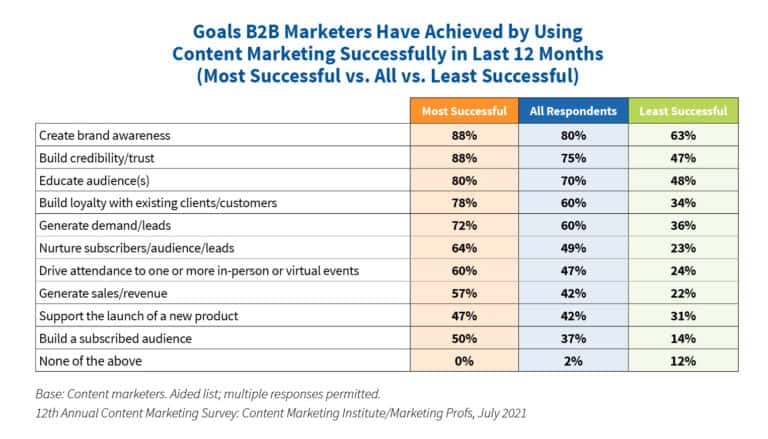
Subscribers
Building a subscribed audience is the basis of content marketing. These are people who provide their contact information and agree to receive communication from you. That also gives you permission to subtly market to them while providing value outside your company’s products or services. In fact, CMI Chief Strategy Advisor Robert Rose says the business asset created by content marketing isn’t content; it’s the audience.
When it makes sense: Set a subscriber goal when your business wants to penetrate a new market, compete with a high-profile market leader, or begin the content marketing journey.
Profitable actions to track: Measure progress by the number of subscribers to an owned channel (email newsletter, blog alerts, magazine, podcast, etc.) or the subscriber conversion rate compared with the general audience conversion rate.

https://contentmarketinginstitute.com/articles/content-marketing-goals-matter-business
Creating SMART SEO Goals For Your Enterprise Business
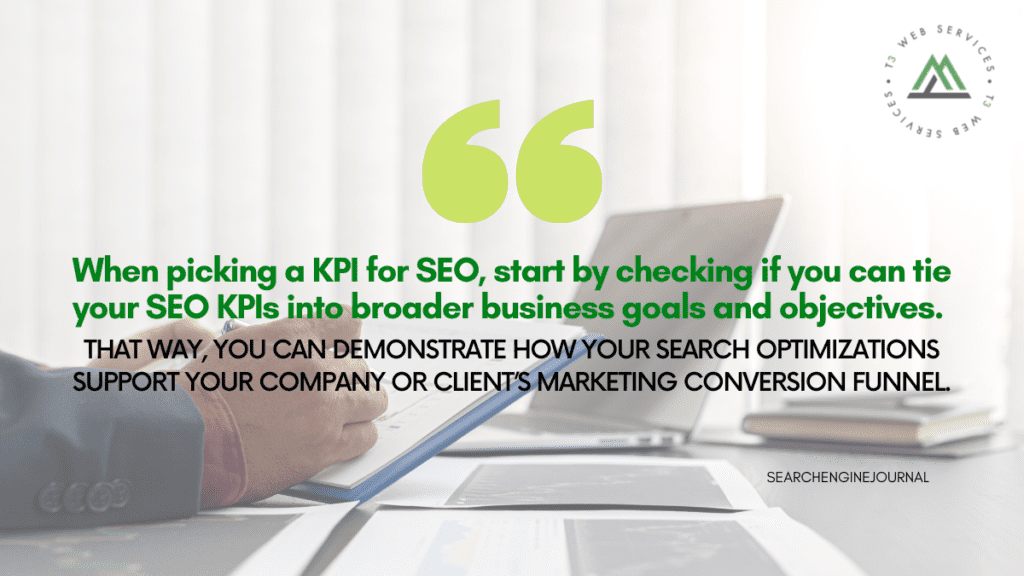

To start building your own SMART goals for SEO, apply this process to each:
- Pick any of the KPIs. One at a time.
- Ensure that it aligns with broader business goals.
- Review all SMART concepts and confirm you can apply the principle to your work using the following matrix.
While you could adapt any of these goals to suit your SEO objectives and for any business, you’ll still have to consider the customizations needed.
When working on the R part of your SMART Goals, make sure you align the percentage increase with the extent of the effort you’ll be able to actualize.
Base the increases on original levels of impressions, organic users, and conversions per optimized page and total MSV and original placement of keywords.
If you have time, test out the impact of your optimizations for one or two months to determine the type of lift you see and aim to replicate that moving forward.

https://www.searchenginejournal.com/smart-seo-goals/448096/
7 Ways To Tweak Your Content For Better SEO
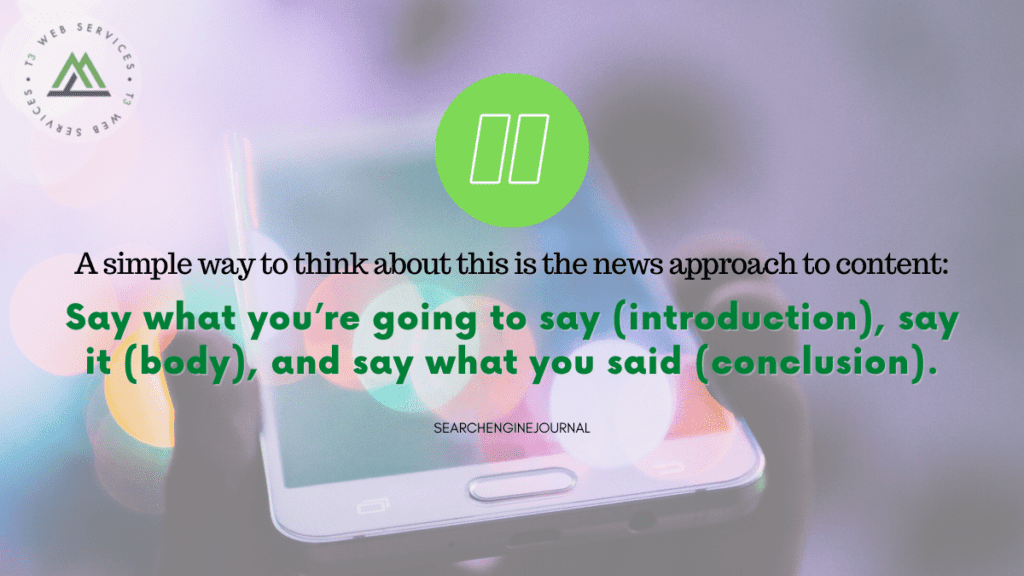

1. Ensure Great Content And Structure
Think about what it is your customer wants to know, and where you are (the expert who can provide them value). From there, decide what you want to say, and where, when, and how your customers will engage, then map out your plan.
An editorial calendar is a great way to get and stay organized. Amid the constant change that defines the current consumer environment, pivots will be needed, but that’s no reason not to plan.
2. Show Your Layout Some Love
Visual variety is a key component of high-quality communications across platforms and channels.
From text layout and use of whitespace to headings, paragraphs, and imagery, make sure you think through the visual experience of your customer as well.
Paragraphs and headings with a clean layout help readers scan through text, and the use of subheadings throughout will further simplify navigation for your reader.
3. Optimize The Right Way
You want to keep things clear and concise. Fifty to 300 characters should provide a relevant readable description of the content on the site and each of the pages using simple and relevant terms.
Length is another key consideration for optimization and not just within your site information sections.
Google likes long articles, but remember, your customer should be at the center of your strategy, so think about their needs and go from there.

https://www.searchenginejournal.com/seo-tweaks-for-content/448029/
The Link-Earning Stack Every SEO Should Strive For


Passive link earning
Objective: Set up a foundation for link earning with lower effort over time
Content needed: A “linkable content” asset (this is key)
Promotion needed: Manual outreach and promotion to acquire the first one or two links, to help the page initially rank
Passive link earning is any content you can create that will naturally earn links over time without having to actively promote it on an ongoing basis. These pieces are designed to carry their weight in earning links without much active promotion (which is what separates it from the next category, post-specific link earning). They’re often not directly tied to your product or service, though if they are, that’s certainly a bonus.
When SEO teams can collaborate with content teams on creating “linkable content,” passive link earning magic can happen.
Some common examples of linkable content include:
- Statistics-based or definition-focused posts: People are always looking for stats to cite or definitions to link to.
- Tools or other interactive resources: If they’re useful, folks love to share them!
- “Best”/”Top” posts or annual reports: People like to reference lists they’re on or share lists that are interesting, valuable compilations.

https://moz.com/blog/link-earning-
5 Tips To Engage Your Overlooked Content Creation Force
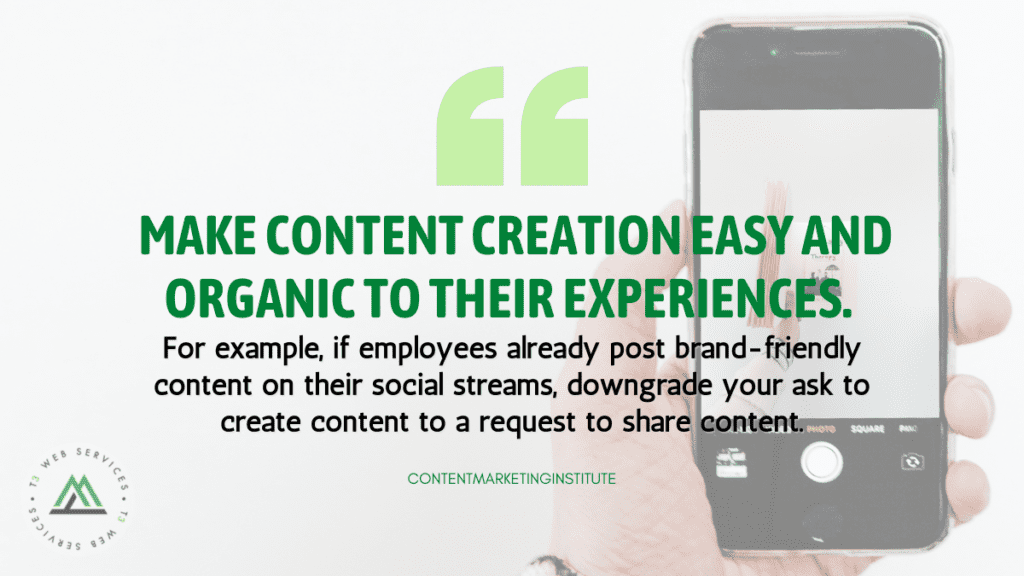

Read on for tips on how to activate their interest, overcome common objections, and reap the rewards of having a wellspring of employee-generated content (EGC) at your disposal.
Tip 1: Provide process clarity and examples of success
Enlisting colleagues outside of marketing to help with content creation can be a big ask, if not a downright imposition. To make the request more palatable, set clear expectations and establish a framework for their participation. Use your process to solicit content from external industry experts or social community members to inform the EGC process.
Knowing in advance exactly what they’ll be asked to do and the time it will take can help reassure them they aren’t committing to something they don’t have the bandwidth to fulfill.
Tip 2: Provide tools, support, and training
Employees might raise objectives, such as they don’t have strong writing skills or they aren’t creative. While experience crafting quality copy certainly helps, EGC doesn’t need to be polished and perfected – or even in written form – to be an effective marketing vehicle.
To help reluctant contributors upskill and gain confidence in their writing abilities, consider providing support through these approaches:
- Invite them to the creative’s table: Ask interested colleagues to attend your editorial planning meetings and creative brainstorms. They can get a feel for your processes and goals and get a chance to weigh in with their ideas. Being “in the room where it happens” can deepen their interest and investment in bringing new content to life.
- Use technology to sharpen their skills: Experienced content marketers aim for technical precision when crafting copy. But it’s unrealistic to expect EGC creators to memorize the AP Style Guide before contributing content.

10 Remarketing Tools For Reengaging & Winning The Conversion
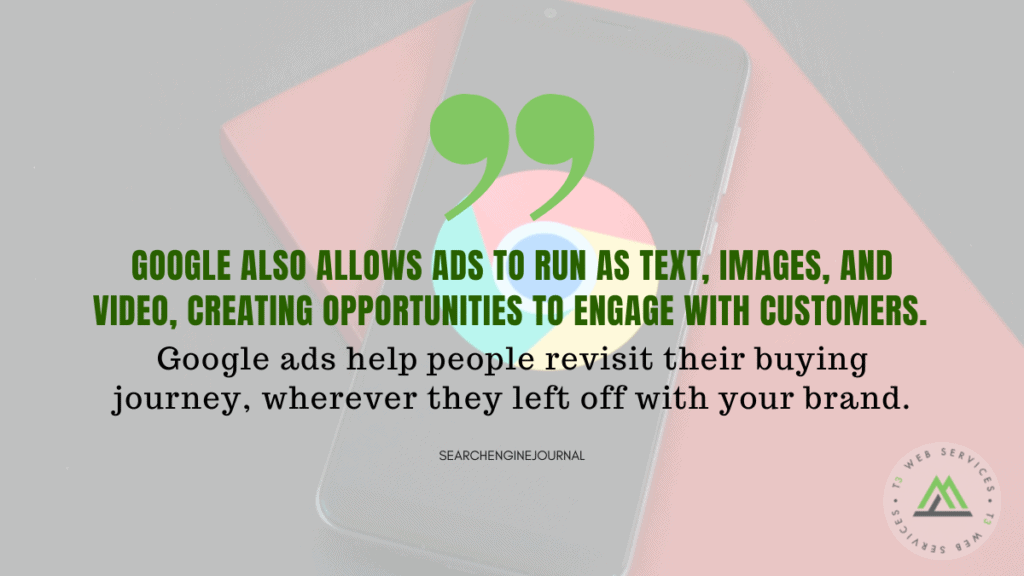

1. Google Ads Remarketing
For businesses that advertise using Google, adding the remarketing component is a great way to promote your brand to customers who have visited your website before.
When you add the remarketing tag to your website, the customers who visit your site become part of an audience group.
2. AdRoll
AdRoll offers an advertising platform that helps businesses retarget buyers who have visited your site but didn’t convert. It boasts a cross-channel performance dashboard that allows your marketing team to run ads across multiple networks.
Using AI, they make predictions based on years of experience to help increase conversions and optimize ROI.

Read more: https://www.searchenginejournal.com/remarketing-tools-conversion/449171/
Why we care about video advertising
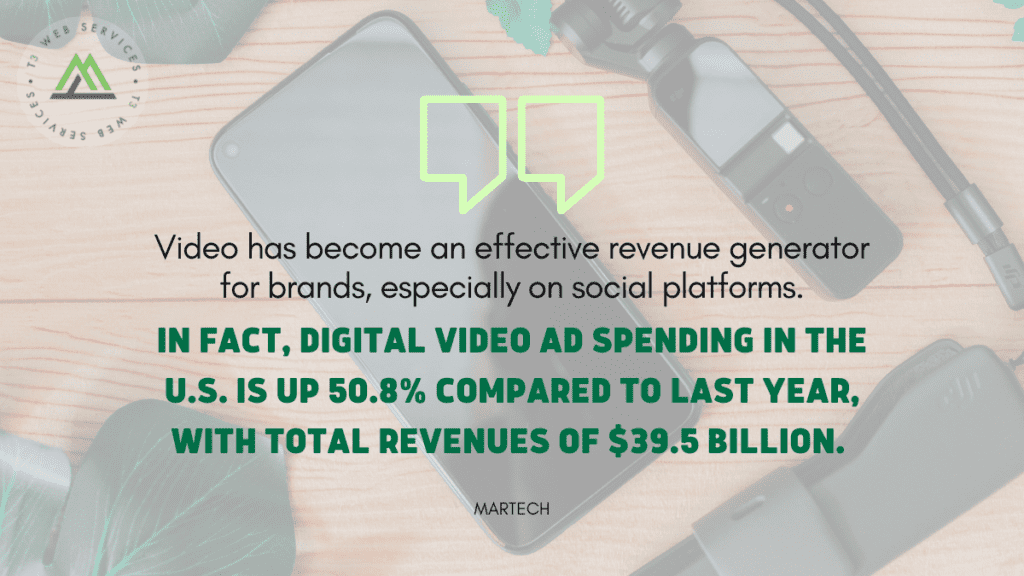

Google and YouTube
Unique metrics to keep in mind
YouTube focuses on simple engagement metrics like watch time, audience retention, and demographics. This means that for YouTube video ads, you need to tailor content that:
- Keeps the audience engaged throughout the video.
- Keeps the audience coming back to your account for more content.
- Is being watched by people of the age, race, gender, and geographical demographic that it was made to target.
Facebook and Instagram
Unique metrics to keep in mind
Facebook and its subsidiaries give special attention to two engagement metrics: Reach and Engagement. Reach is the number of users/accounts that see your ad. These can be organic views from friends and followers, views from the video being shared by people to their followers, or by the platform’s algorithm suggesting it to viewers. Engagement is how many people like, share, and comment on your ad post. Facebook and Instagram ad strategies are largely tailored around optimizing both these metrics.



Leave a Reply